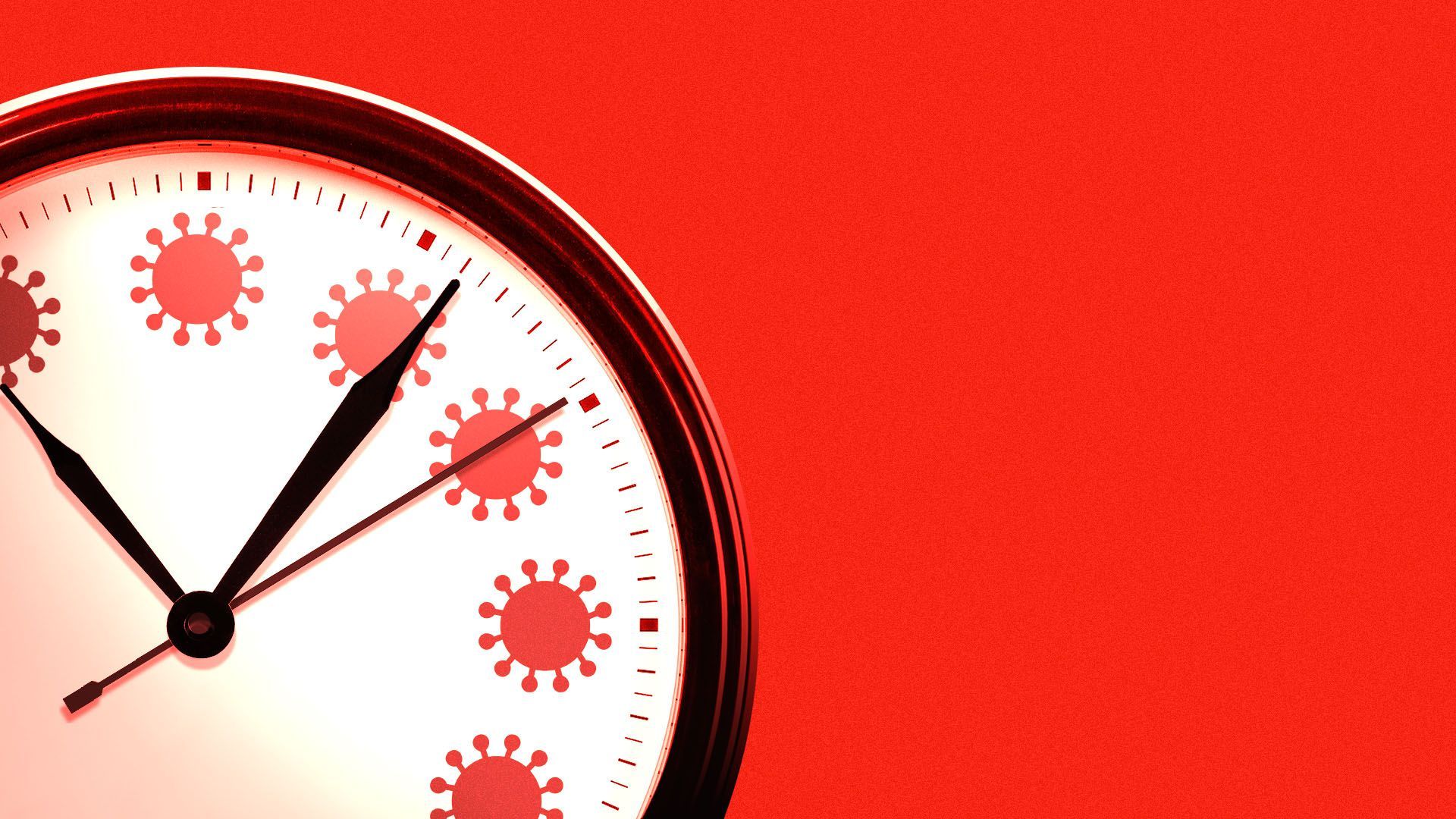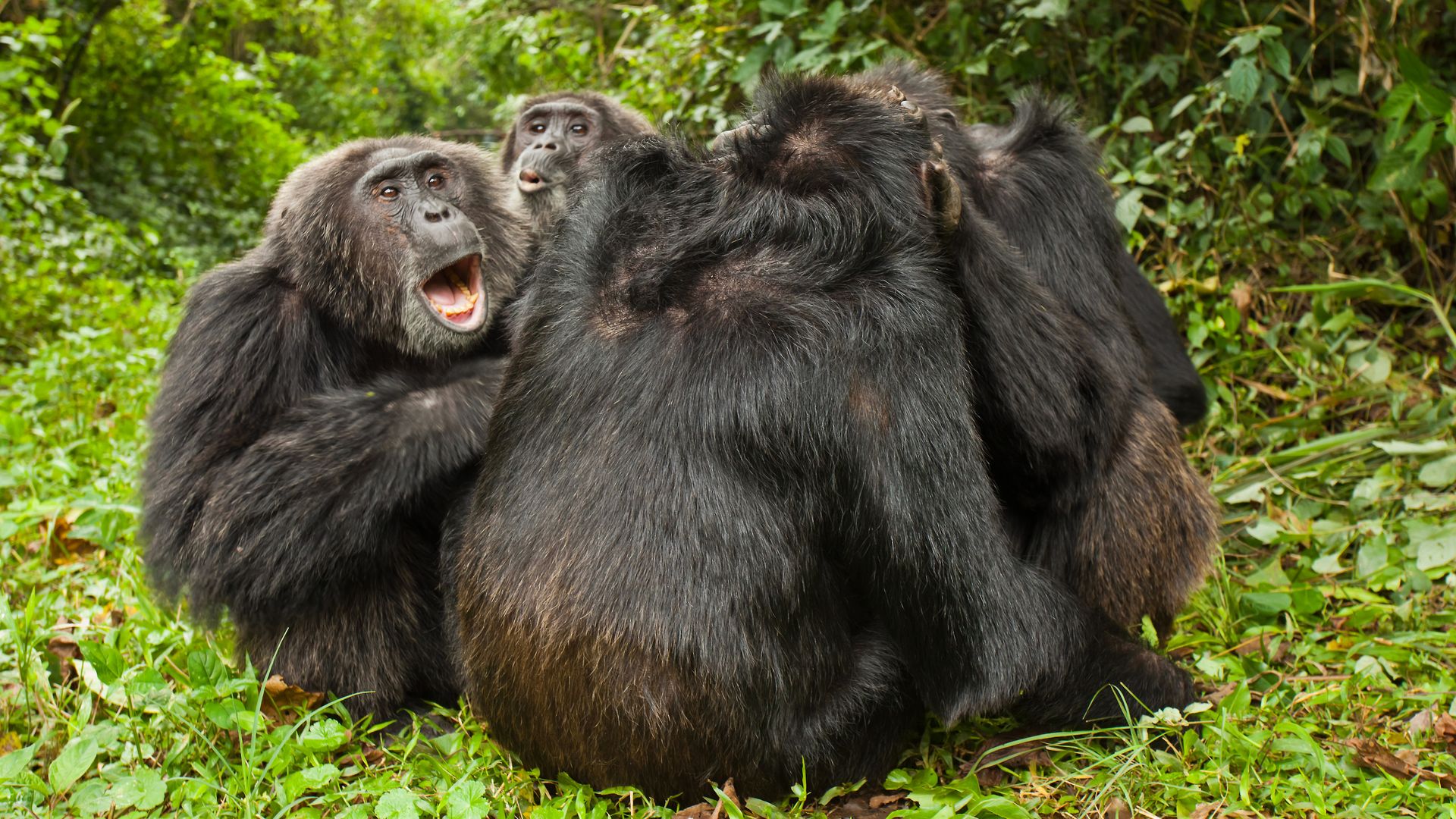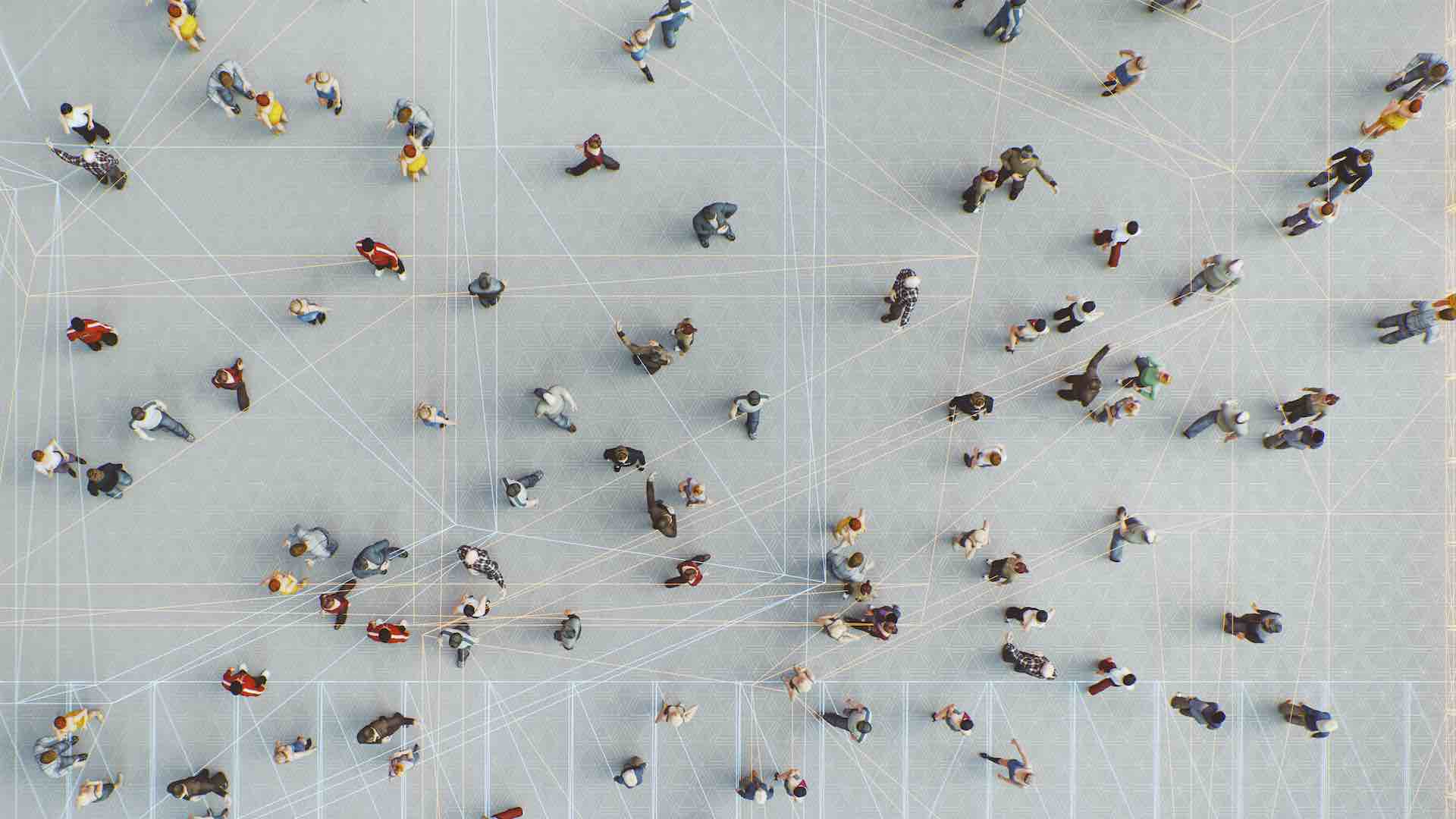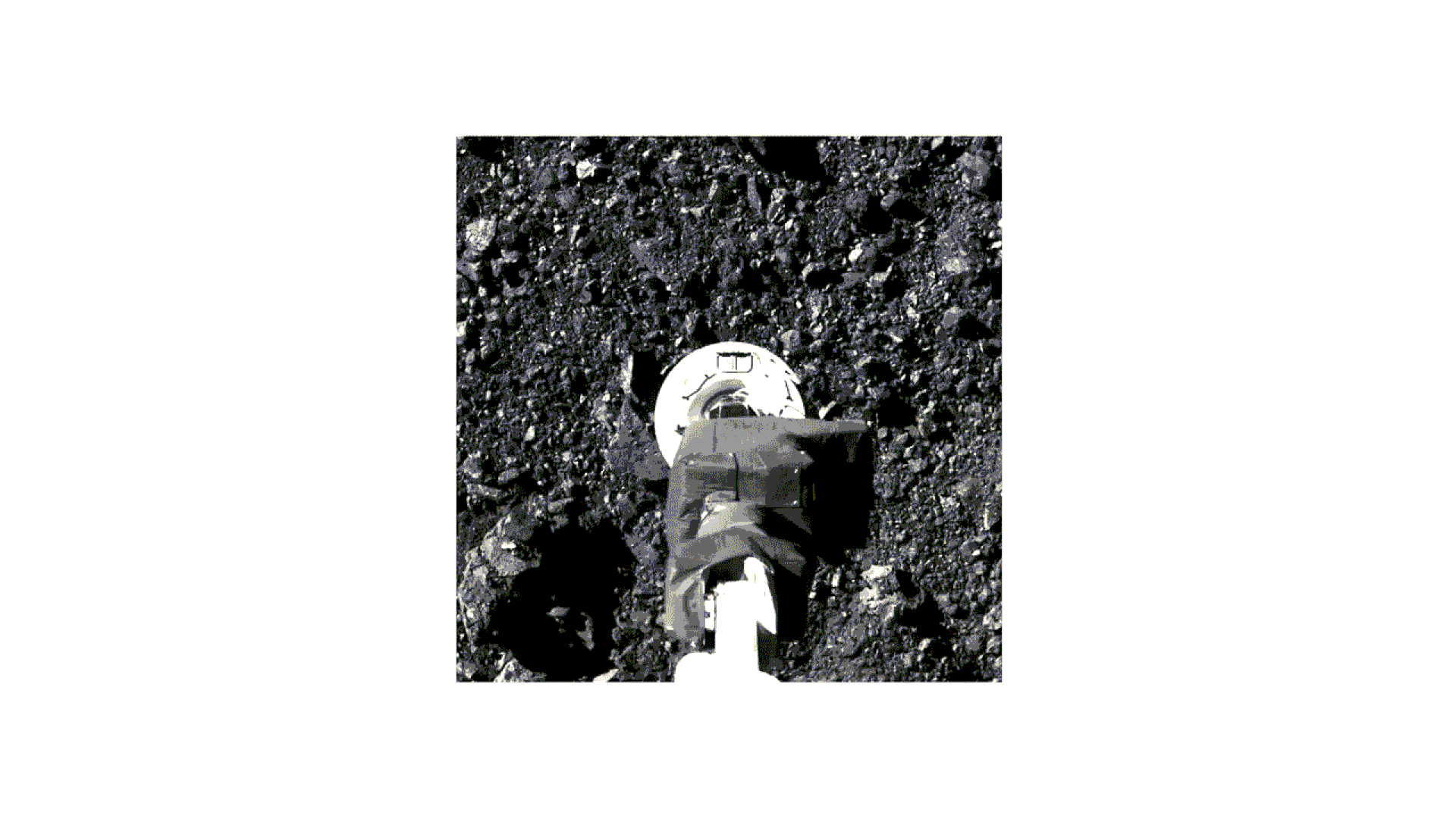| | | | | | | Presented By Amgen | | | | Axios Science | | By Alison Snyder ·Oct 22, 2020 | | Welcome back to Axios Science. This week we look at possible pandemic endings, aging and friendship, what gives the diabolical ironclad beetle its strength, and more. - Send your feedback and ideas to me at alison@axios.com. You can reach Eileen Drage O'Reilly at eileen@axios.com.
- New: Axios launched a five-part "short course" series on 5G to get you up to speed on what it is, who is involved and why it matters. Watch it here.
- If you're not already an Axios Science subscriber, sign up here.
Today's newsletter is 1,671 words, a 6-minute read. | | | | | | 1 big thing: How the pandemic could end |  | | | Illustration: Sarah Grillo/Axios | | | | It's still the early days of the coronavirus pandemic, but history, biology and the knowledge gained from our first nine months with COVID-19 point to how the pandemic might end, Eileen and I write. The big picture: Pandemics don't last forever. But when they end, it usually isn't because a virus disappears or is eliminated. Instead, they can settle into a population, becoming a constant background presence that occasionally flares up in local outbreaks. What's happening: The pandemic is deepening in the U.S., Europe and elsewhere in the world. - Experts — from the U.K.'s chief scientific adviser to pharmaceutical CEOs to the WHO — increasingly say SARS-CoV-2 is likely to circulate in the population on a permanent basis, mainly due to the foothold the virus has already established.
- But what damage endemic COVID-19 causes will depend on different factors, including how often people are reinfected, vaccine effectiveness and adoption, and if the virus mutates in any significant way.
"If the vaccine is really effective, like the measles vaccine or the yellow fever vaccine, it's just going to land like a ton of bricks and suffocate this. Maybe not quite eradicate it — yellow fever and measles are not eradicated — but it'll be an utter game changer," UC Irvine epidemiologist Andrew Noymer says. - But if the vaccines are less effective — as many experts expect for at least the first generation — COVID-19 may eventually behave more like the seasonal flu, Noymer says. (Still, the death rate of COVID-19 currently well eclipses that of the seasonal flu.)
Reinfection is "the big issue," says Columbia University's Jeffrey Shaman, who recently described how reinfection and other factors would affect the spread of SARS-CoV-2 if it became endemic. - So far, there are just a handful of documented reinfection cases, but evidence about whether people retain their antibodies after infection is mixed, and a lot of unknowns remain about the likelihood of reinfection.
- The worst-case scenario would be that there isn't a vaccine or long-lasting immunity and people get COVID-19 repeatedly and are just as likely to end up in the hospital as with initial infections, Shaman says.
"I would say COVID-19 is already endemic," says Larry Brilliant, an epidemiologist who worked to eradicate smallpox and now chairs the nonprofit Ending Pandemics. - With about 59,000 new cases per day in the U.S. alone, Brilliant says "it is already everywhere."
- "The real question is: How does it all end?"
Eventually, COVID-19 could end up in "the retirement village of coronaviruses," like HIV, which today can be treated to the point of elimination or circulate at low levels and be kept in check with a vaccine, like measles, Brilliant says, laying out a handful of possible scenarios. - But Noymer speculates after its "cataclysmic emergence," COVID-19 may eventually fade into a common cold after a decade or so.
What's next: "We have to work with it as a virus that we will be contending with for years possibly," Shaman says. - Until we have an effective vaccine and better contact tracing and testing, Johns Hopkins University epidemiologist Justin Lessler says public health measures should continue encouraging the use of face masks and social distancing.
The good news: Viruses can sometimes become milder with time, treatments are already becoming more effective and vaccines can be improved. - "Right now we are frightened, depressed and on our back heels. We will be able to conquer this disease," Brilliant says. "It will be a matter of time and science."
|     | | | | | | 2. Catch up quick on COVID-19 |  Data: The COVID Tracking Project, state health departments; Note: Due to a database error, Missouri had a 3-day gap in reporting Oct. 11–13; Map: Andrew Witherspoon/Axios Every available piece of data — cases, the percentage of positive tests and hospitalizations — shows the coronavirus pandemic is getting worse again, all across America, Axios' Sam Baker writes. - One bit of good news: The mortality rate from the virus among people who are hospitalized for the disease is dropping, an improvement from the earliest days of the pandemic, he writes. (But it is still higher than that for the flu, and the virus may do lasting damage.)
Proposals to reach herd immunity by infection misunderstand what herd immunity is and how it is achieved, Christie Aschwanden explains in Nature News. The CDC expanded its definition of what it means to be a "close contact" to someone infected with the coronavirus, Axios' Shawna Chen reports. |     | | | | | | 3. Older chimpanzees, like humans, favor a few close friends |  | | | Friends groom together. Photo: Ronan Donovan | | | | In our old age, humans tend to invest in fewer but more positive relationships. A new study of wild chimpanzees finds they seem to do the same. The big picture: Prioritizing relationships as we age is thought to be tied to our unique awareness of our mortality, but the new findings suggest "social selectivity can emerge in the absence of complex future-oriented cognition," the authors write today in the journal Science. What they did: Alexandra Rosati of the University of Michigan and colleagues used data from a two-decade-long study of wild chimpanzees in Uganda's Kibale National Park. - They looked at the interactions of 21 male chimpanzees — which socialize more often — ranging in age from 15 to 58 years old, and categorized them as "mutual friends," "one-sided friends" or "non friends."
What they found: The number of mutual friends a chimpanzee had increased with age while their one-sided friendships decreased. - By studying grooming habits, they report "chimpanzees invested more, and invested more equitably, in mutual relationships than one-sided ones, and older adults had more mutual friendships than younger adults did."
- They also found the chimpanzees had fewer aggressive interactions as they got older.
How it works: Our perspective on our lives may drive our social behavior later in life, but the new findings suggest there may be other aging-related factors — for us and other species without the awareness of mortality. - In chimpanzees, their emotions become more stable as they age or they may be maximizing their chances to mate, even in old age, the NYT's James Gorman writes.
- The findings "'should make us think twice' about the roots of some human behaviors," Ian Gilby, a behavioral ecologist at Arizona State University, Tempe, who was not involved in the study, told Science's Lucy Hicks.
|     | | | | | | A message from Amgen | | How genetics and human data could transform health care | | |  | | | | Diving deeper into human data can provide greater certainty in health care. Omics technology could deliver: - New biomarkers for early diagnosis and risk assessment.
- Faster and more successful clinical trials.
- Accelerated drug development.
Learn how Amgen is helping make this a reality. | | | | | | 4. Biology is having its industrial revolution |  | | | Illustration: Sarah Grillo/Axios | | | | Bioscience research is undergoing a wave of automation and digitization, turning a manual, laborious practice into a true industry, Axios' Bryan Walsh writes. Why it matters: Biotechnology promises to revolutionize everything from medicine to energy, but for that to happen, the field needs to move out of the traditional lab and into something resembling a foundry. The growth of robotics and cloud-based remote research can help make that happen. What's happening: In a report published last week, the design and engineering firm Arup made the case that the future of scientific labs will increasingly be automated and digitized, allowing researchers to carry out experiments remotely and scale up their work faster. - "We're moving away from designing labs for people to designing them for the tools we use," said Jennifer DiMambro, Arup's science and business leader for the Americas, in an online event for the report.
How it works: That means labs where experiments can be automated — think robot arms moving vials en masse, rather than overworked graduate students pipetting by hand. - Smart facilities can track everything done in a lab, automating data collection that in the past might have been kept on pad and paper and allowing researchers to maximize workflow.
- Virtual remote labs can be accessed via the cloud, providing on-demand services for sequencing DNA, carrying out reactions and other experiments that can be quickly spun up according to a researcher's needs.
What's next: On Tuesday, the Department of Defense announced it would award $87.5 million — which will be matched by more than $180 million in non-federal funding — to establish a manufacturing innovation institute called BioMADE at the University of Minnesota. - BioMADE aims to "bridge the gap between lab-scale research and at-scale manufacturing," Douglas Friedman, the CEO of BioMADE, said in a statement.
The bottom line: If the 21st century really is going to be the "age of biology," as some experts have predicted, the field needs to undergo its own version of the Industrial Revolution. |     | | | | | | 5. Worthy of your time |  | | | NASA's OSIRIS-REX touches asteroid Bennu. Video: NASA | | | | NASA tags an asteroid (Miriam Kramer — Axios) A startup is making thousands of gene-edited pigs because humans need their organs (Emily Mullin — Future Human) Scientists discover new human salivary glands (Diana Kwon — The Scientist) Fences are bad for wildlife (The Economist) |     | | | | | | 6. Something wondrous |  | | | Phloeodes diabolicus, the diabolical ironclad beetle. Photo: David Kisailus/University of California, Irvine | | | | The diabolical ironclad beetle can withstand enormous forces, protecting it from predators — and potentially providing scientists with new designs for materials. Why it matters: Details of the beetle's architecture reported by researchers this week could lead to improved ways to join together materials like plastics and metals that are key for constructing airplanes and buildings but can break unpredictably. Details: The forewings, called elytra, in the flightless Phloeodes diabolicus are fused together into a hard exoskeleton that likely evolved to protect the insect from predators. - Jesus Rivera of the University of California, Riverside and his colleagues report the beetle can survive being run over by a car and withstand forces up to 39,000 times greater than its body weight — equivalent to a 150-pound person supporting about 240 school buses.
How it works: Using scanning electron microscopy and CT scans, the researchers found the beetle's strength and toughness are due to two key features. - Three different types of supports on the sides of the beetle, where the elytra and the shell on the insect's underside meet, allow the beetle to be compliant so it can squeeze into rocks without crushing its organs, says David Kisailus, a materials scientist who is Rivera's adviser. Other beetles have these lateral supports, but only one kind of them across the length of their body.
- The two elytra on the beetle's back interlock like jigsaw puzzle pieces, giving the exoskeleton strength. If the load on the beetle is great enough to disconnect those pieces, the layers of tissue within them separate and slide past each other, slowly deforming the exoskeleton and dissipating the stress.
When Rivera mimicked the beetle's exoskeleton with a carbon-fiber plastic material and compared it to standard fasteners used in aviation today, he found the beetle-inspired design was slightly stronger, significantly tougher and broke in a more predictable way, the authors report in the journal Nature. The big idea: As organisms adapt over millions of years to various environments and stresses, nature sometimes converges on what are probably the best designs, says Kisailus. Identifying those designs in plants and animals could provide a set of rules for creating new materials. |     | | | | | | A message from Amgen | | How proteomics helps assess disease risk | | |  | | | | Amgen's deCODE Genetics and a collaborator measured the relative levels of roughly 5,000 different proteins in plasma. The result: By combining information about genetics and proteins, scientists can find people with extraordinary risk for disease. Get more details on proteomics. | | | | | | Axios thanks our partners for supporting our newsletters.
Sponsorship has no influence on editorial content. Axios, 3100 Clarendon Blvd, Suite 1300, Arlington VA 22201 | | | You received this email because you signed up for newsletters from Axios.
Change your preferences or unsubscribe here. | | | Was this email forwarded to you?
Sign up now to get Axios in your inbox. | | | | Follow Axios on social media:    | | | | | |










No comments:
Post a Comment